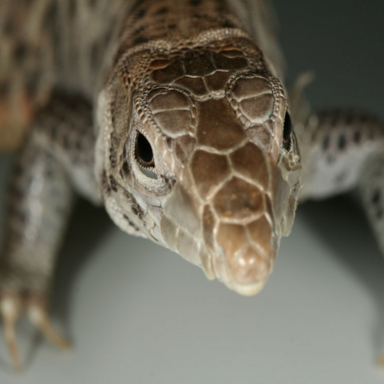Project A.03

- PhD student: David Ho
- Supervisor: Peter Baumann
- Further TAC-members: Joan Barau, Romain Libbrecht, Susanne Gerber
- Research Group
Parthenogenetic whiptail lizards are a result of interspecific hybridization between two different sexually reproducing whiptail lizard species. I am interested in the consequences of different genomes coming together within an organism and how this leads to allele-specific expression of a subset of genes. Using bioinformatics and molecular biology, I will elucidate how allele-specific expression is established and maintained over time.
The combination of two or more divergent genomes coming together in a hybrid organism can often lead to offspring that are not viable or sterile. However, in whiptail lizards (Aspidoscelis), hybridization of diploid, bisexual ancestors has led to unisexual, all-female species that are viable and reproduce through obligate parthenogenesis. These unisexual species harbor the genomes from each of their bisexual ancestral species and thereby provide great opportunities to study how divergent genomes interact with one another in the same organism.
In evolutionary biology, unisexual species that reproduce asexually are thought to be short-lived due to the accumulation of deleterious mutations and lack of ability to adapt to new environments (Muller’s rachet and the Red Queen Hypothesis, respectively). However, many unisexual species including Aspidoscelis lizards have been around for thousands of generations and seem to defy this notion.
In order to begin to understand the interactions between divergent genomes within a hybrid, I am focusing on allele-specific expression in diploid, unisexual A. neomexicanus, a hybrid species between A. inornatus and A. marmoratus. For a diploid organism, the null-hypothesis for a given gene is there is equal contribution from both the paternal and maternal alleles. When the expression of the alleles are not equal, this leads to an allelic-bias. The extreme case is mono-allelic expression, where only one allele is being expressed. Through a bioinformatics approach, coupled with molecular biology techniques, I am investigating how different allele-specific expression patterns are established and maintained. This work will contribute to the understanding of gene regulation in both hybrid and parthenogenetic organisms.